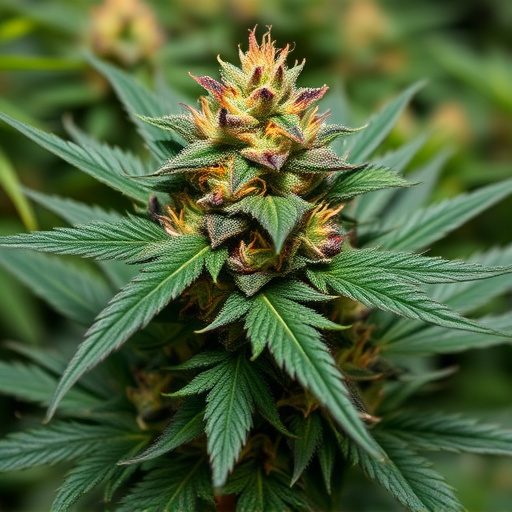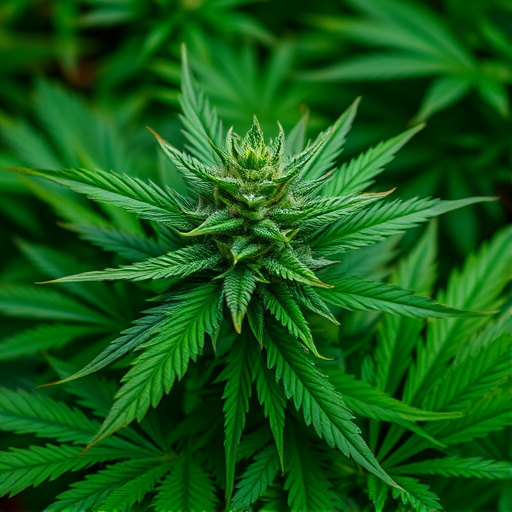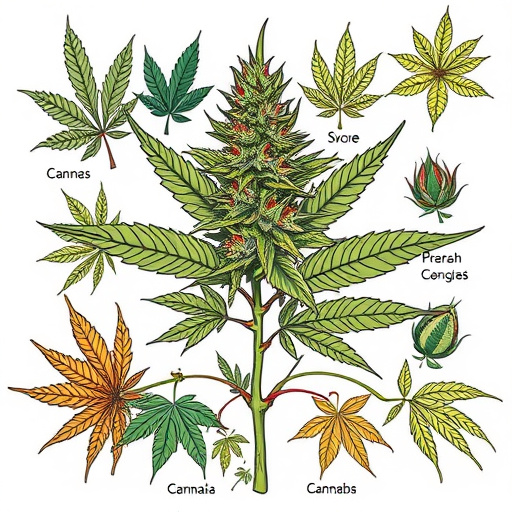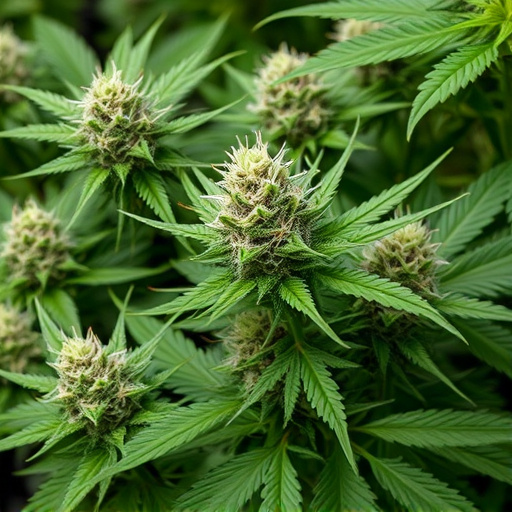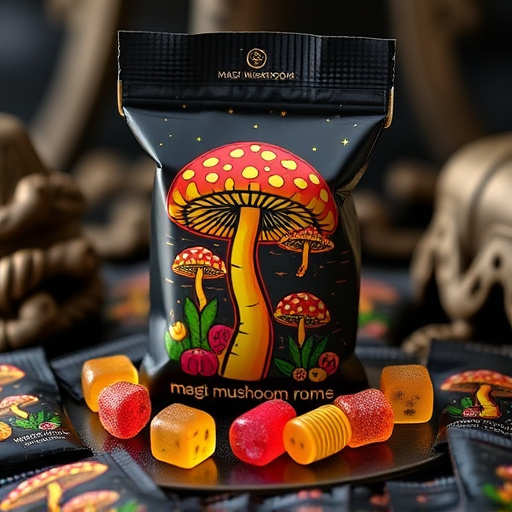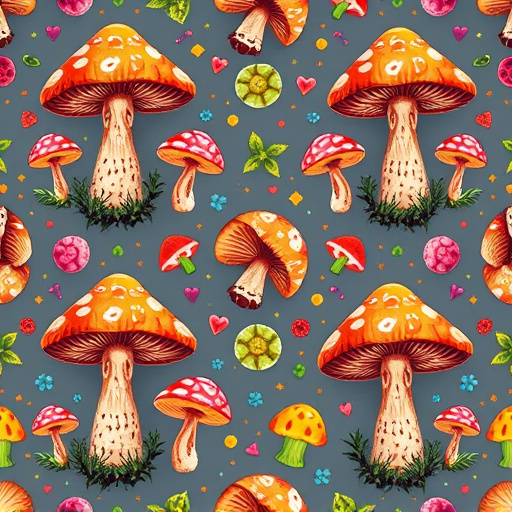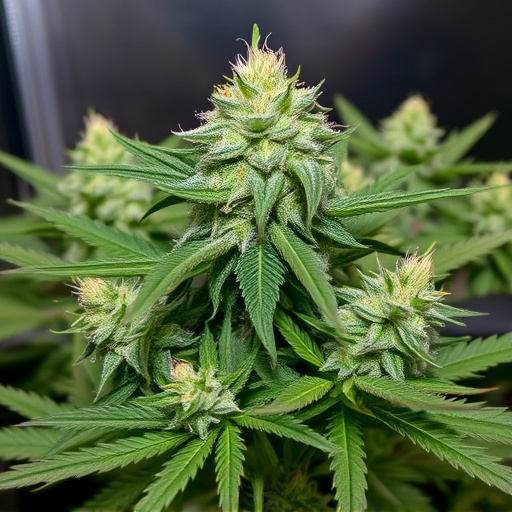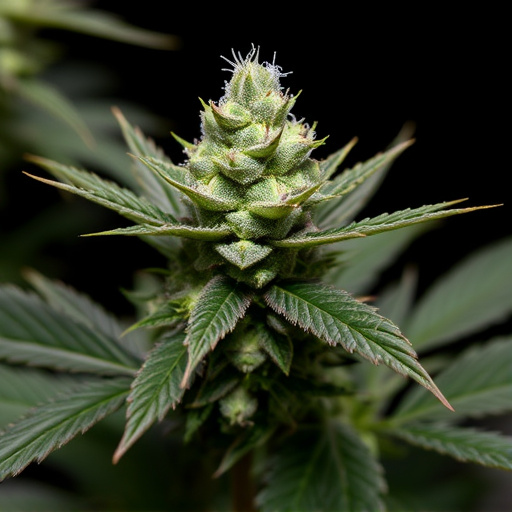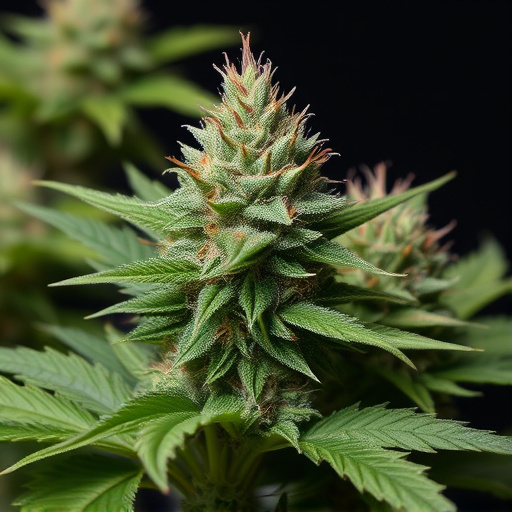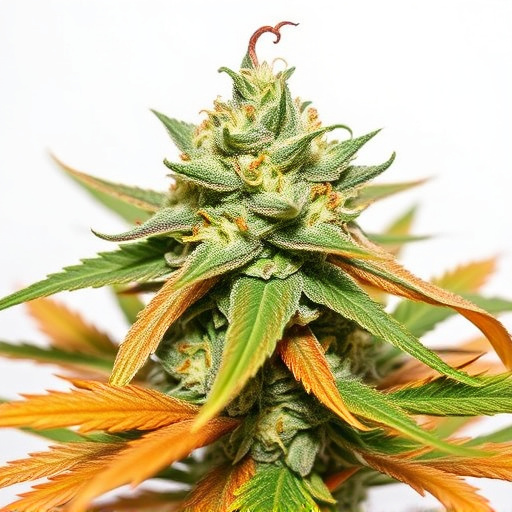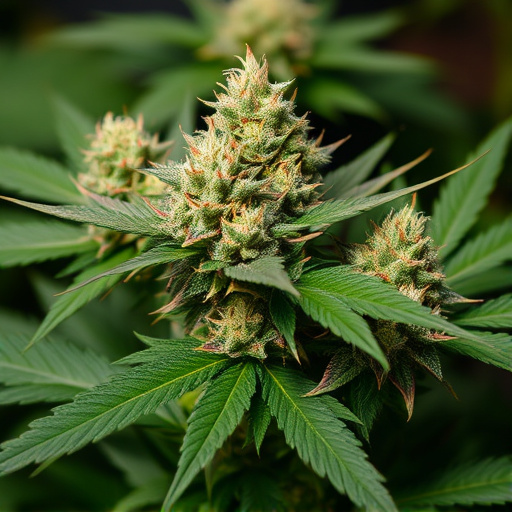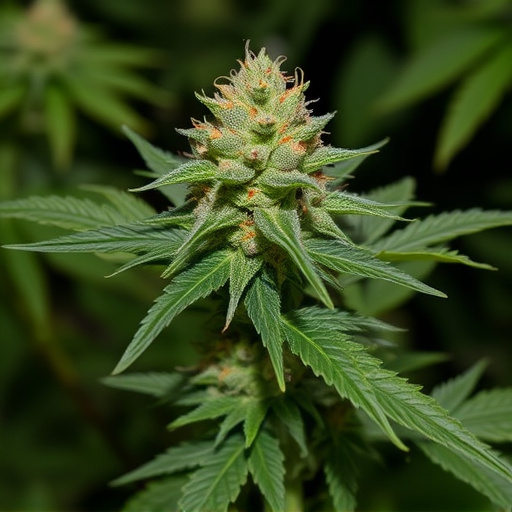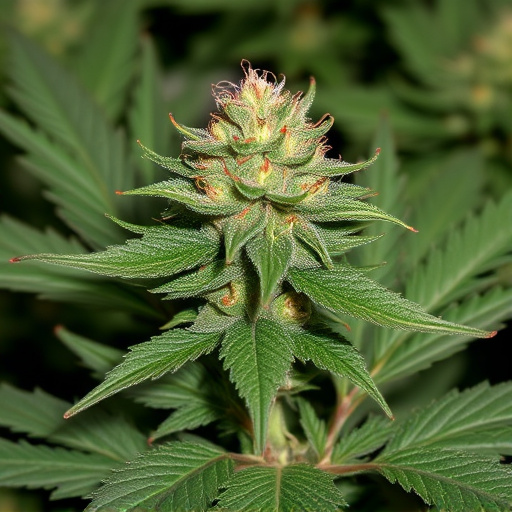Cannabis potency in hybrid weed strains is influenced by cannabinoid concentrations (THC, CBD), genetic makeup, cultivation practices, and environmental factors. Hybrid strains blend sativa and indica traits for diverse effects—uplifting or calming. Cultivators optimize growing conditions like lighting, temperature, humidity to enhance potency, catering to recreational use, chronic pain, anxiety, or medical benefits without psychoactivity.
Looking to maximize the potency of your cannabis flowers? Understanding what influences potency is key. In this comprehensive guide, we’ll explore the science behind cannabis strength, from the role of genetics to growing conditions and curing techniques. We’ll also delve into how hybrid weed strains can supercharge your harvest, focusing on popular combinations known for their high THC levels. Get ready to cultivate flowers that pack a punch!
- Understanding Cannabis Flower Potency
- – Definition and significance of cannabis potency
- – Factors influencing flower potency (genetics, growing conditions, curing)
Understanding Cannabis Flower Potency
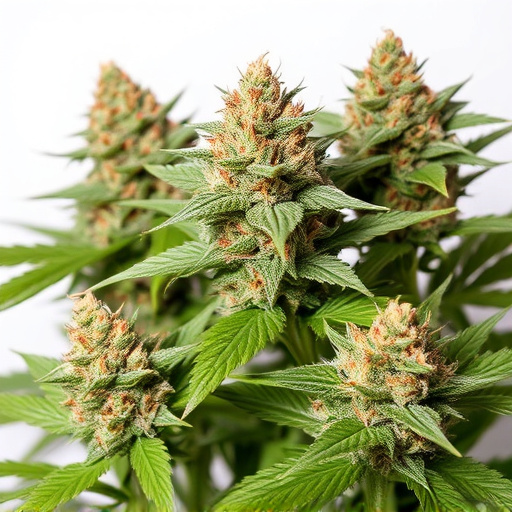
Cannabis flower potency refers to the concentration of cannabinoids, primarily THC and CBD, in the plant. Understanding potency is crucial when cultivating hybrid weed strains as it significantly impacts the overall effect and experience of the user. Potency can vary widely depending on various factors such as genetics, cultivation techniques, and environmental conditions.
Hybrid weed strains, known for their unique combinations of sativa and indica traits, offer a range of effects from invigorating and energetic to relaxing and sedative. To maximize potency in hybrid strains, cultivators should focus on optimizing growing conditions. This includes providing adequate lighting, maintaining optimal temperature and humidity levels, ensuring proper nutrition, and controlling environmental stressors that can negatively affect cannabinoid production.
– Definition and significance of cannabis potency
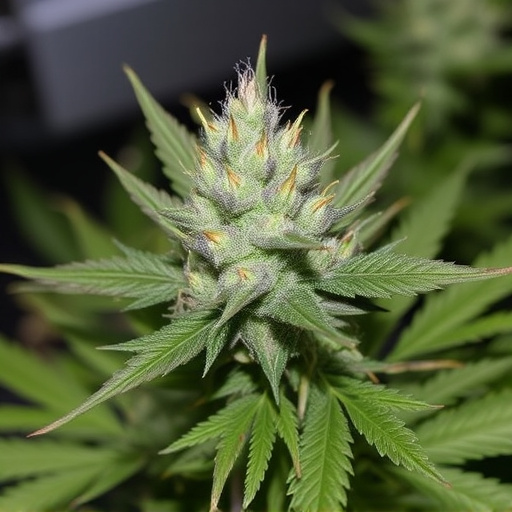
Cannabis potency refers to the concentration of active compounds, primarily tetrahydrocannabinol (THC) and cannabidiol (CBD), in a given strain. It’s a measure of how powerful or intense the effects of the plant will be. This is significant because potency directly impacts the user’s experience, including the level of relaxation, euphoria, and potential therapeutic benefits they may feel. When considering hybrid weed strains, understanding their unique combinations of THC and CBD can help cultivators and consumers achieve desired effects—from uplifting and energizing to calming and sedating.
For hybrid strains, a balanced combination of these compounds offers a wide range of possible outcomes. For example, high-THC hybrids can deliver potent psychological effects, ideal for recreational use or managing conditions like chronic pain and anxiety. In contrast, CBD-rich hybrids offer potential medical benefits without the same level of psychoactive impact, making them suitable for those seeking relief from inflammation, stress, or insomnia without feeling “high.” Thus, understanding potency is crucial for navigating the diverse world of cannabis hybrid strains.
– Factors influencing flower potency (genetics, growing conditions, curing)
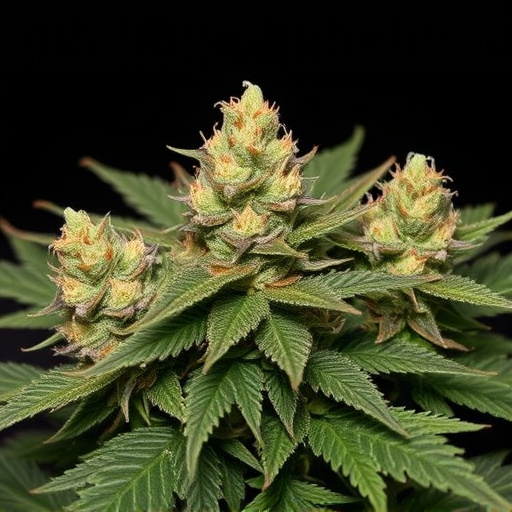
The potency of cannabis flowers is a result of intricate interactions between various factors, all playing their part in shaping the final product’s strength and effects. Genetics form the foundation, with different hybrid weed strains offering diverse cannabinoid profiles and terpene expressions. For instance, Indica strains tend to produce higher levels of THC, known for its sedative and pain-relieving properties, while Sativa varieties often boast higher CBD concentrations, contributing to more uplifting and energetic experiences.
Growing conditions significantly impact flower potency. Environmental factors such as light intensity, temperature, humidity, and carbon dioxide (CO2) levels can influence cannabinoid production. Optimizing these elements through precise cultivation techniques allows cultivators to maximize the potential of their hybrid weed strains. Additionally, curing processes, involving controlled drying and curing methods, are essential for converting raw cannabis into a potent final product. Proper curing enhances the concentration of cannabinoids and improves overall flower quality.
Increasing cannabis flower potency involves a delicate balance of genetics, growing practices, and curing techniques. By understanding these factors and applying optimal strategies, growers can unlock higher THC levels and enhanced flavors in their hybrid weed strains. Experimentation and attention to detail are key, ensuring that each step from seed to harvest contributes to the final product’s potency and quality.

